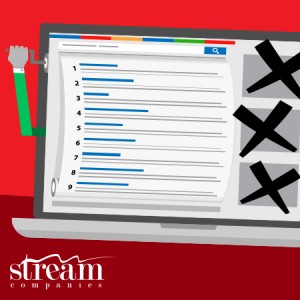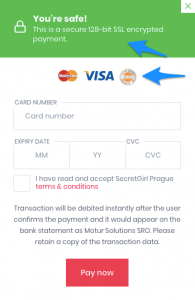3 lessons that running a marathon taught me as a startup founder
It’s a difficult time to be a founder. These insights can help.
2024 is forming into one of the hardest years to survive as a startup founder. Last year, entrepreneurs were already reporting high rates of anxiety and depression.
Compounded with the continued economic downturn, growing global instability, and an alarming number of startup shutdowns this year, that reality is unlikely to get any better. As a general partner of an early-stage VC, I’m seeing more and more founders drowning in mental health issues.
I know what they’re going through, because I’ve been there myself. At 45 years old, I left the startup I cofounded. I then unexpectedly lost my mother. All at once, I was struck with loss and angst in overwhelming levels that were wholly unrecognizable to me.
In an effort to float back up, I started running—first, a few miles before dawn because I couldn’t sleep; then I gradually started to cover more and more miles each day.
I’ve run four marathons since. Long-distance running has taught me lessons that would have made me a more resilient entrepreneur back then. To any founders struggling this year, I would recommend adopting some of these lessons that I learned from running a marathon.
1. Just because it’s hard doesn’t mean you’re doing it wrong
Every marathon has a blue line drawn on the road. Known as the 42.195 line, which marks the shortest route between the race’s start and finish points. The thing is—during the race—there are thousands of runners stomping around you like a herd of buffalos, and it becomes very hard to keep track of that single blue line.
Startups, too, have a blue line. But they get caught up in the stomps of other companies or in the obsession over what others have fundraised or in the idea that there’s a VC trend they’re missing out on. As a result, they lose sight of the line, and start doubting whether they were on the blue line to begin with. They start thinking: if we were, it wouldn’t be this hard.
But, in startups, like in marathons, the shortest route is still a hard endeavor. You’re running a marathon, you’ll feel like you’re about to die on that line multiple times. Does that mean someone drew the wrong line? No. You’re on the blue line.
Continue following that line. You had a plan—execute it. Yes, you may need to deviate. The blue line is there because everyone deviates, and no one—not even professional athletes—runs precisely 42.195 kilometers. What sets the professionals apart is getting back on the blue line after they’ve veered.
2. The wrong pacer will end you
I went into my second marathon adamant to break a personal record: finish the race in under 3.5 hours. That meant keeping a 5:00 (five-minute-a-kilometer) pace. I had trained for months and knew I could do it.
When I got to the race, I saw runners huddling around someone carrying a “3.5 Hours” sign. He was a pacer—an experienced runner that helps runners meet their time goals—in this case, a 5:00 pace. I decided to follow him.
We started running, and a few miles in, I realized I was ahead of my schedule. We weren’t running at a 5:00 pace; we were running at 4:35. I was ecstatic. Thanks to the pacer, I wasn’t just breaking my personal record; I was crushing it.
That delusion lasted two hours. After 32 kilometers at a 4:35 pace, my body hit a wall, and I went through what runners call bonking—my breathing muscles tightened and I collapsed to the ground. I was laying on the asphalt road unable to get up, with almost 25% of the race still left to run.

I eventually got up and walked to the finish line (at certain points, I thought I’d need to crawl to it). I completed the race in a little under four hours—my worst time for completing a marathon.
In startups, the pacer is your investors. Some VCs split their money long and wide, disbursing many small checks and encouraging founders to sink or swim quickly. If you swim, everyone wins; if you sink, they’ll write that check off and move on. You, however, would have lost your dream and life’s work.
In 2024, it’s more critical than ever. Find the right pacer, and don’t let a callous one drive you into the ground.
3. Refuel
To conquer extreme endurance situations, you need to safeguard your energy reserves. Every experienced marathon runner I know has a detailed energy preservation and refueling protocol.
Unfortunately, I’ve yet to meet a startup founder with an energy management strategy.
What marathon runners know, which many startup founders haven’t internalized, is that no matter how much fuel you had in your tank at the starting line, or how efficient you are at allocating it, it won’t be enough. You need to replenish your energy reserves, or you’ll eventually run empty.
And that’s the biggest lesson running a marathon has taught me: to refuel.
Like long-distance running, the startup-founder experience is draining and depleting. Refueling may sound comforting in theory, but in practice, it feels counterintuitive and risky. You can’t do it passively, you need to be intentional and commit your energy and time—the two things founders often run lowest on. But not refueling is what will ultimately cost you the race.
For me, running has become my method of refueling. To startup founders deep in the throes of it—find your own form of refueling. It doesn’t even need to be physical. Find an activity that pushes you, and commit to it. It will become your island—a safe space where you go to recharge. It’ll ground and refocus you, and make you into a better and more resilient entrepreneur.
ABOUT THE AUTHOR
(17)









